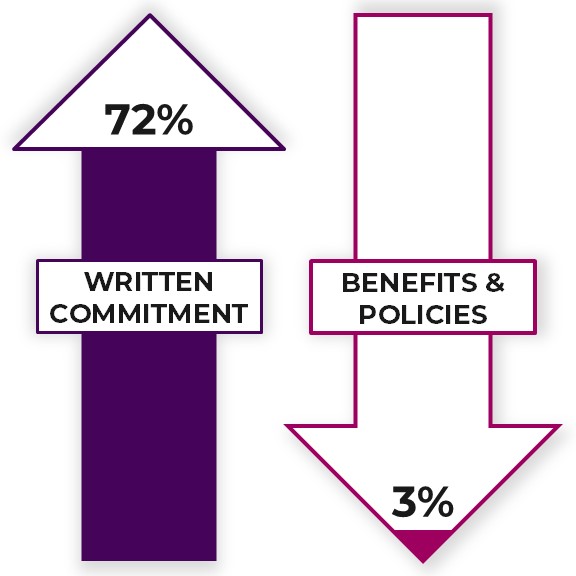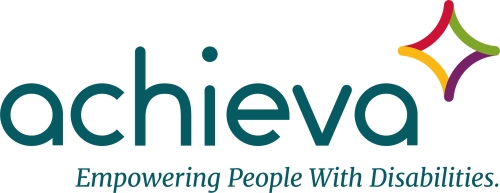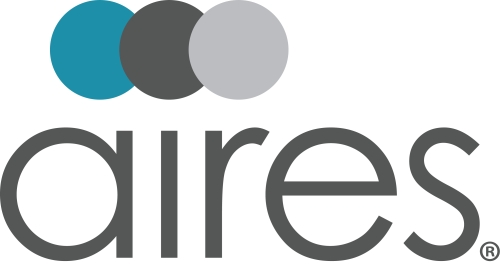About the Vibrant Index
The Vibrant Index initiative drives diversity, equity, and inclusion changes across industry and sector.
The Vibrant Index identifies areas of success as well as what critical actions are needed to improve the practices, policies, and cultures of organizations in the Pittsburgh region. The Vibrant Index encourages companies to reflect on best practices while investigating opportunities to increase the impact of their efforts. Learn more about the Vibrant Index
Watch the 2025 Report to the Region
Vibrant Index 6.0 – 2025 Vibrant Champions
The designation of Vibrant Champion is awarded to employers scoring at least 95% in seven of the nine Vibrant Index pillars.
About the Vibrant Index
The Vibrant Index initiative drives diversity, equity, and inclusion changes across industry and sector.
The Vibrant Index identifies areas of success as well as what critical actions are needed to improve the practices, policies, and cultures of organizations in the Pittsburgh region. The Vibrant Index encourages companies to reflect on best practices while investigating opportunities to increase the impact of their efforts.
We Work with Experts
The Vibrant Index Initiative’s methodology and focus on the importance of policies and practices in building inclusive workspaces was refined through a targeted review by diversity, equity, and inclusion experts. Along with the Vibrant Pittsburgh Diversity Assessment Committee, our industry experts include researchers, data analysts, Human Resources professionals, and specialized practitioners.
The Vibrant Index: We Measure What Matters
The Vibrant Index is designed to provide an annual snapshot of the best practices being utilized by employers in the Pittsburgh region. Each year, the Vibrant Index process captures how participating organizations are addressing diversity, equity, and inclusion through their policies and workplace practices. The Vibrant Index supports participating organizations in identifying areas of responsibility, strengths, and opportunities to create cultures of equity and inclusion.
The goal?
Moving the needle on talent attraction, retention, and elevation through annual review, recommendation, and implementation of practices for more welcoming, inclusive, and equitable work environments. By nudging organizations toward more inclusive practices, we aim to galvanize efforts around this shared urgency. A commitment to the goals of the Vibrant Index will facilitate the organizational changes that are necessary for our region to thrive.
The Vibrant Index is open to all organizations in the Pittsburgh region. Annually, organizational participants respond to a diagnostic assessment of their current best practices. Participating organizations receive confidential feedback reports that reflect their diversity, equity, and inclusion practices, showing their scores compared to sample averages, organizational size averages, and high scores in each category, as well as tips for adopting better practices in the future. Mid-year, an annual summary report of the data is released to the public to further conversation and facilitate best practice dissemination. Organizations that utilize most of the best practices recommended by the Vibrant Index are considered Vibrant Champions.
Index Criteria
Each of the best practices included in the diagnostic tool was chosen based on research into diversity and inclusion, and the list was vetted by scholars in the field. They are broken into nine categories:
What it Measures: An employer’s public commitment to diversity, equity, and inclusion is achieved by signing a diversity pledge and publishing a nondiscrimination policy.
Why it Matters: Authentic, transparent, and public diversity, equity, and inclusion commitment sets a cultural tone, articulates how a company plans to represent its internal and external stakeholders, illuminates how it views equity, and invites accountability for change.
What it Measures: Key employee benefits that have a significant impact on underrepresented and marginalized populations. It is indicative of the care that employers take to make work-life balance attainable for all employees. This assessment area is not intended to be comprehensive.
Why it Matters: Benefits and policies are tangible evidence of an employer’s commitment to creating a welcoming environment for a diverse workforce.
What it Measures: An employer’s commitment to convene and engage with voluntary, employee/business-led groups comprised of individuals based on common interests, backgrounds, or demographic factors such as gender, race, or ethnicity, commonly known as Employee/Business Resource Groups* (EBRGs).
Why it Matters: EBRGs foster a sense of belonging and acceptance and are a way for employees to engage with networks that will help support and connect them to information, opportunities, and resources critical to engagement, advancement, and retention in the workplace.
*EBRGs are not appropriate for every employer, and the success of an EBRG depends upon a variety of factors, such as climate, size, and EBRG structure. EBRGs should be open to ally participation.
What it Measures: Employer structures, including diversity, equity, and inclusion councils and committees, and engagement within the structures that provide enhanced access to decision-makers.
Why it Matters: Commitment and active engagement in diversity, equity, and inclusion from decision makers, particularly executives and hiring managers, cultivates an ownership culture essential to success.
What it Measures: Who receives diversity, equity, and inclusion training, what training topics are covered, and how training is executed within the employer’s standard personal development practices.
Why it Matters: Essential to employee professional development, diversity, equity, and inclusion-centered training sets a clear standard and expectations for practices within an employer’s culture.
What it Measures: The demographic data collected relating to compensation, role, promotion, recruitment, retention, and exit interviews.
Why it Matters: Understanding data trends and barriers experienced by employees from marginalized and underrepresented groups allows employers to adapt systems to ensure employees do not become disenfranchised.
What it Measures: Intentional strategies for inclusive recruitment, workforce satisfaction assessment, and optimal retention.
Why it Matters: Cultivating a culture of equitable access to advancement and success requires the removal of bias from all stages of the employee lifecycle.
What it Measures: Employer’s approaches to supplier selection and resource allocation pertaining to minority- and woman-owned businesses
Why it Matters: Awareness of spending patterns and resource allocation positions an employer to engage minority and women-owned suppliers, strengthening supply chains, disrupting bias, equalizing the playing field.
What it Measures: The means and vehicles an employer utilizes to participate in the community(s) they are in.
Why it Matters: Community engagement sparks creativity, innovation, and enhanced employee belonging, as well as creating a regional culture that celebrates a diversity of experiences.












